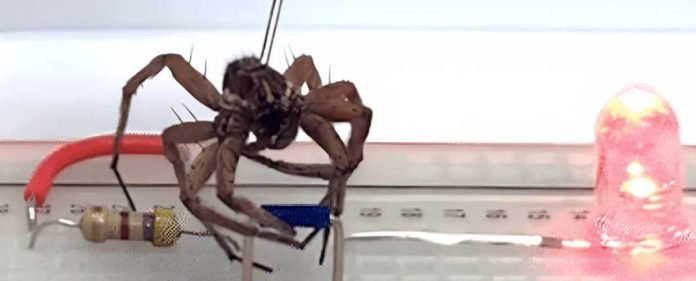At times, emerging technologies hold the promise of extraordinary advancement, potentially reshaping our future trajectory. Such is the curious terrain of “necrobotics” – a term that succinctly encapsulates the notion of reanimating deceased entities into robotic forms.
It’s incredible how much technology can advance; sometimes, it can be exciting and creepy. That’s exactly how you could describe the necrobotics concept- transforming dead creatures into robots. It might sound like something out of a horror movie, but it’s a technology being explored at Rice University. Although reminiscent of a chilling narrative spun within the realm of horror cinema, this concept is taking shape within the laboratories of Rice University, embodying the captivating paradox of our era.
To achieve this, they take a spider and inject it with air; this works because spiders use hydraulics to force their version of blood (haemolymph) into their limbs, making them extend. While the idea of necrobotics might be unsettling for some, it can potentially revolutionize how we approach science. Imagine a future where dead animals are used to further our understanding of the world around us. It’s easy to draw comparisons to Frankenstein, but only time will tell where this technology will take us.
The tale of necrobotics illuminates the intricate dance between innovation and caution, progress and reverence for the natural order. Rice University’s research project is a harbinger of future possibilities – awe-inspiring yet shrouded in ethical considerations. As progress echoes reverberate through time, we must collectively ponder the implications of wielding the power to harness and reanimate the remnants of life.



